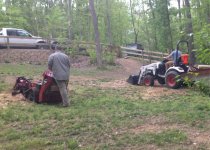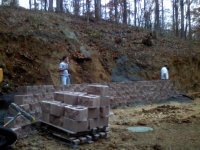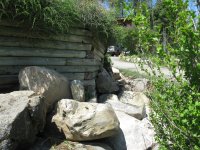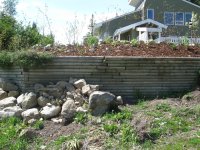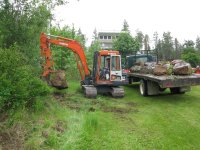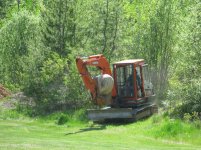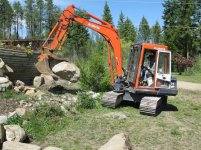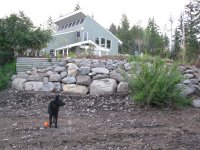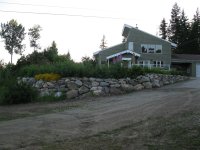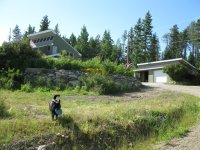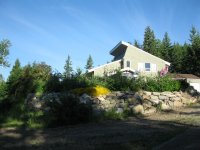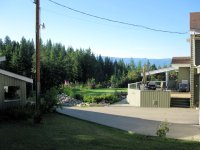LD1
Epic Contributor
Retaining wall blocks really arent that expensive and work very well as long as you follow the guidelines. Like the fabric every other layer, and only go as high as they reccomend. But...(it could be decieving)...it dont look like you need much height. Maybe 2' or so at the most.
The cheap brick I like to use are about $1 per block with tax. And they are 3.5" x 12". So a 5 block high wall, 40' long would only require about $200 worth of block, and a few bucks for fabric.
If you go the premade block route, just be sure to pay extra special attention to bedding and making the first row perfectally level. After that, its just stacking block up.
The cheap brick I like to use are about $1 per block with tax. And they are 3.5" x 12". So a 5 block high wall, 40' long would only require about $200 worth of block, and a few bucks for fabric.
If you go the premade block route, just be sure to pay extra special attention to bedding and making the first row perfectally level. After that, its just stacking block up.
